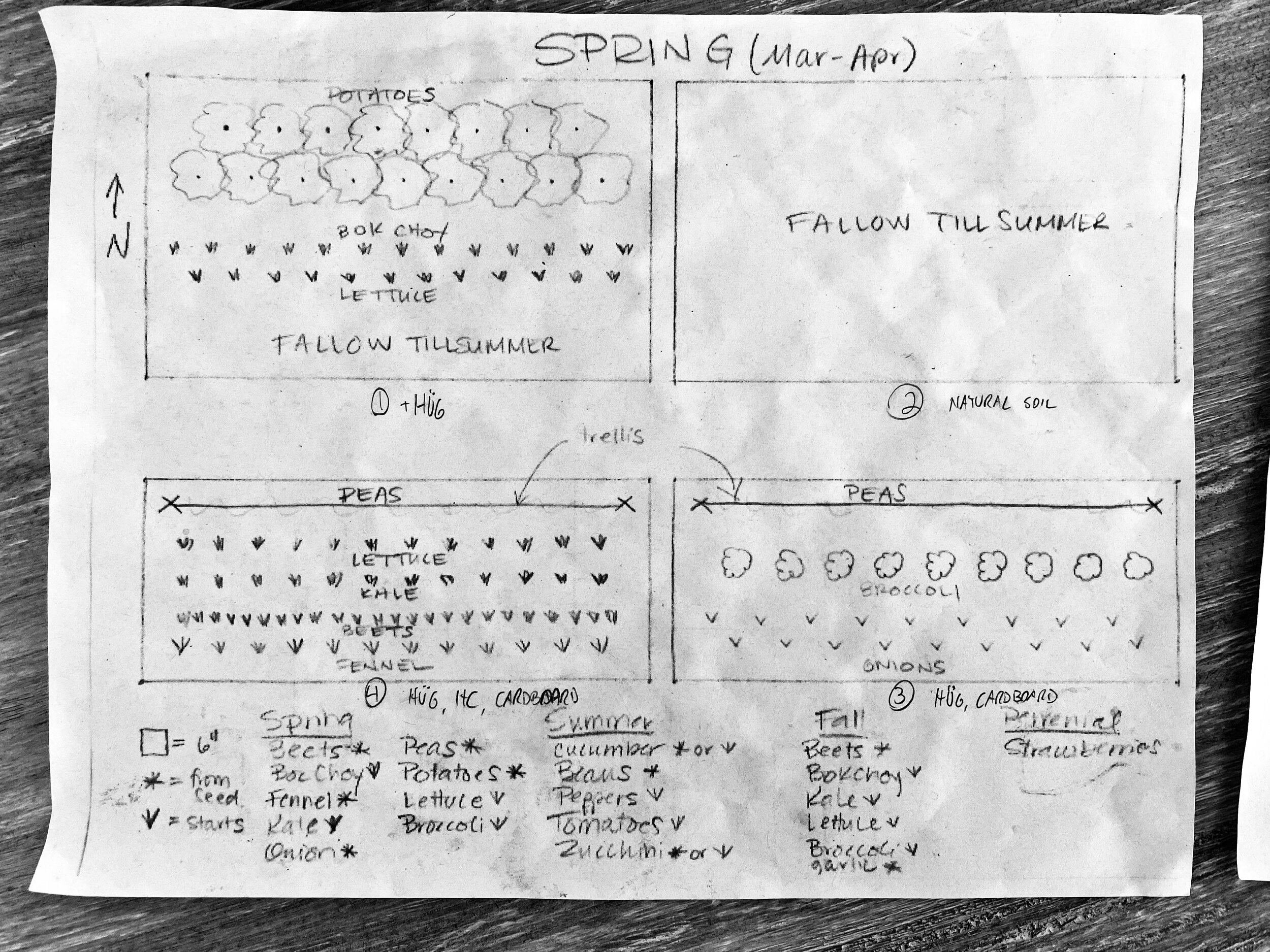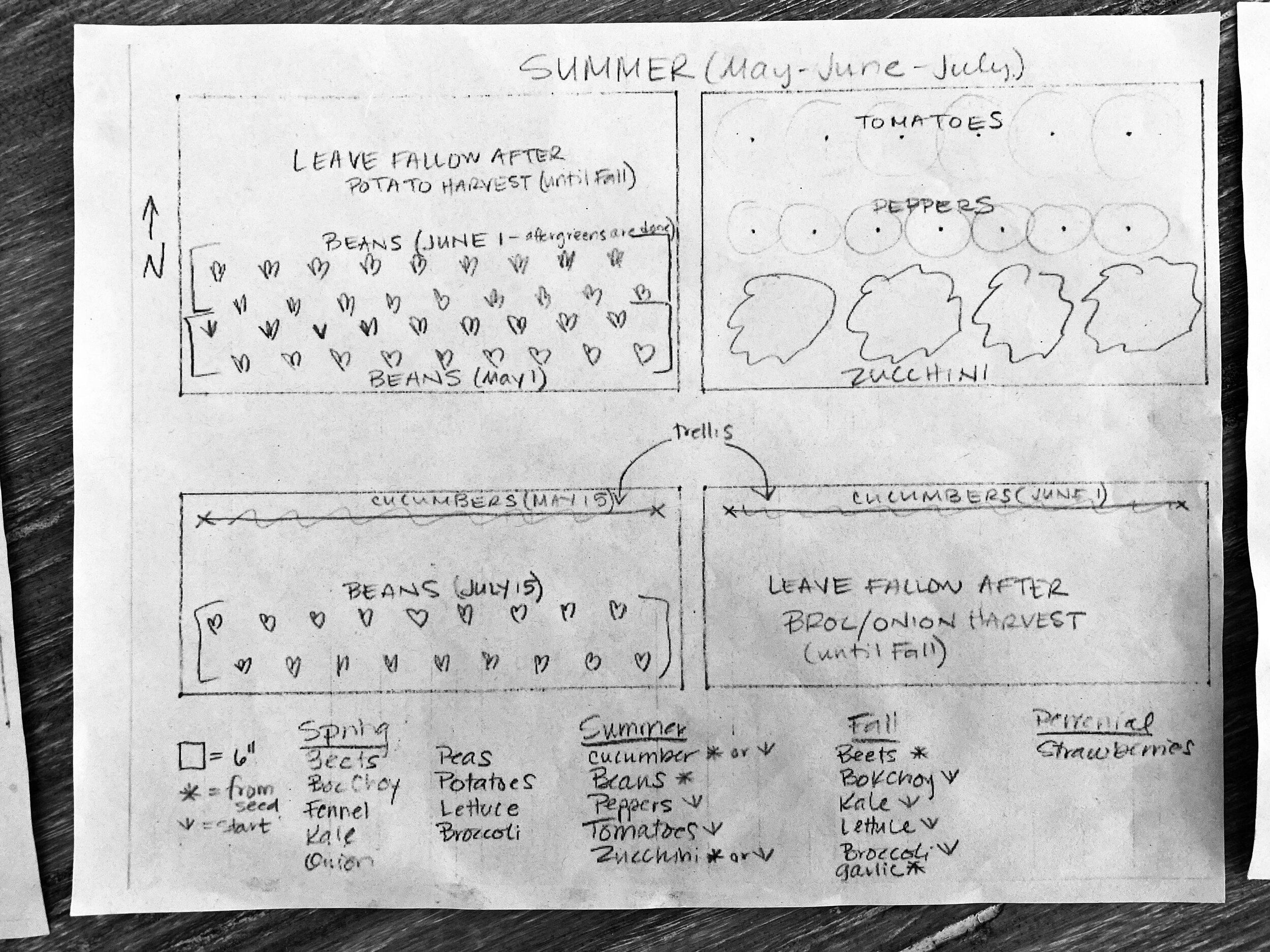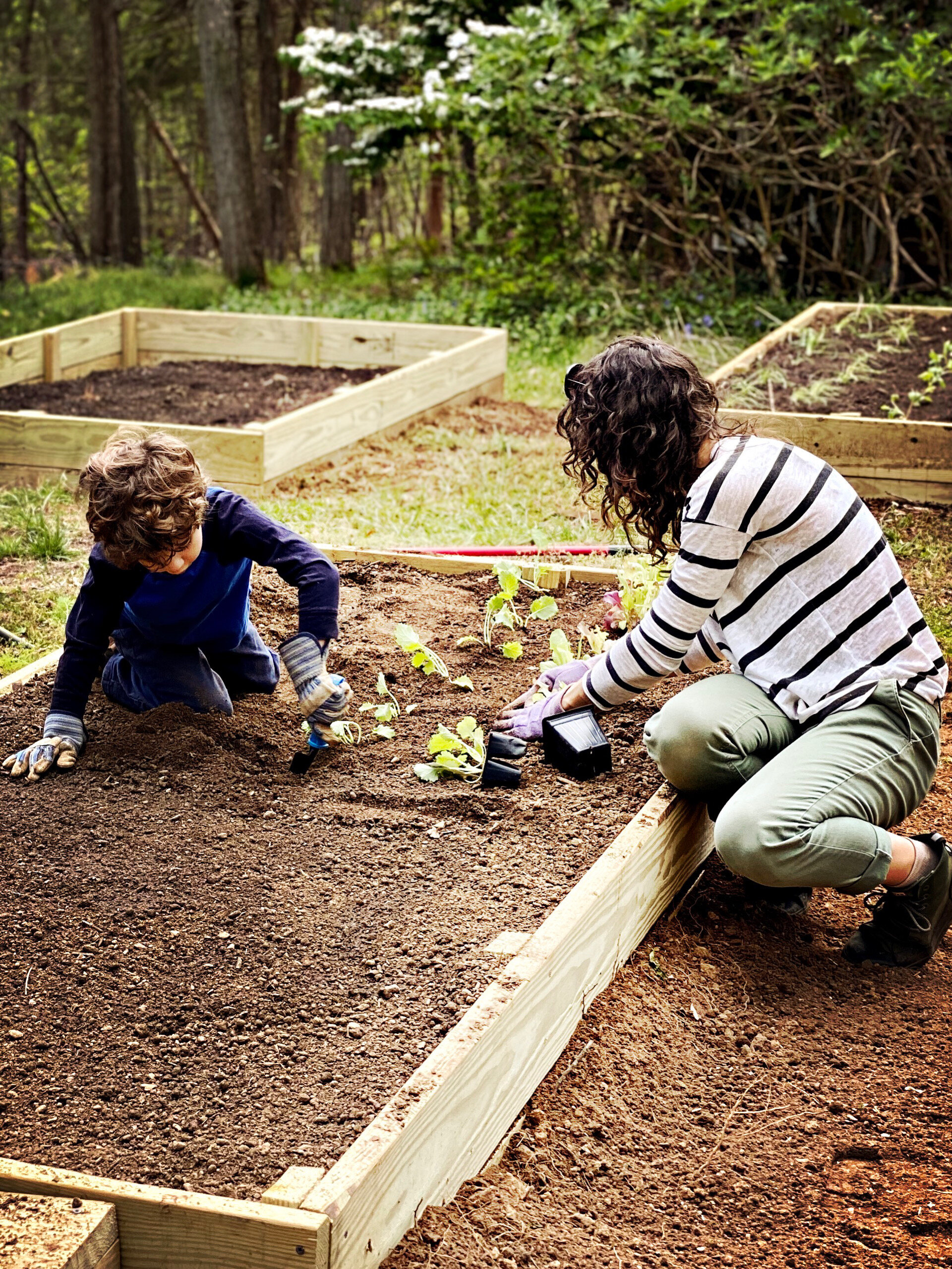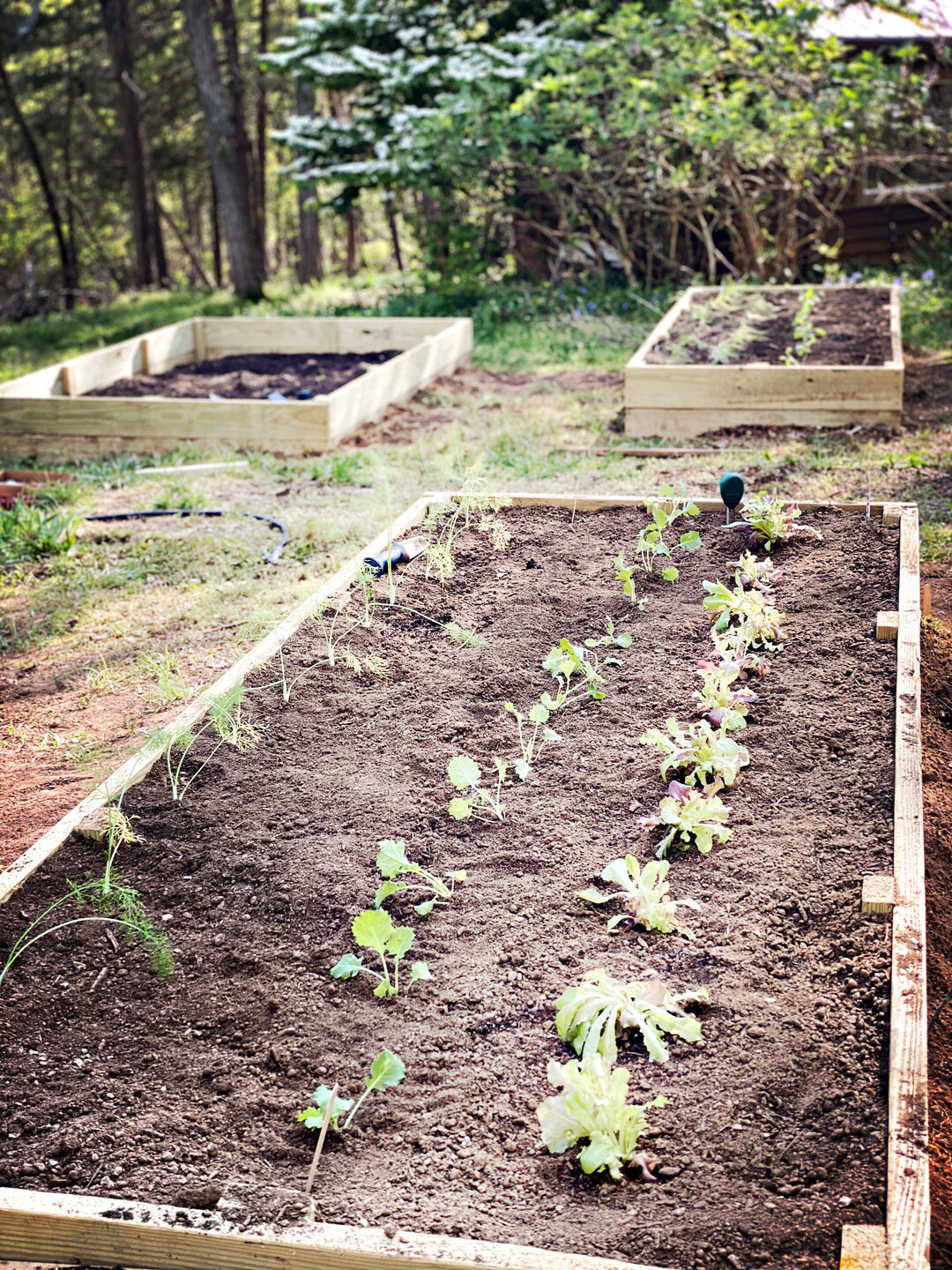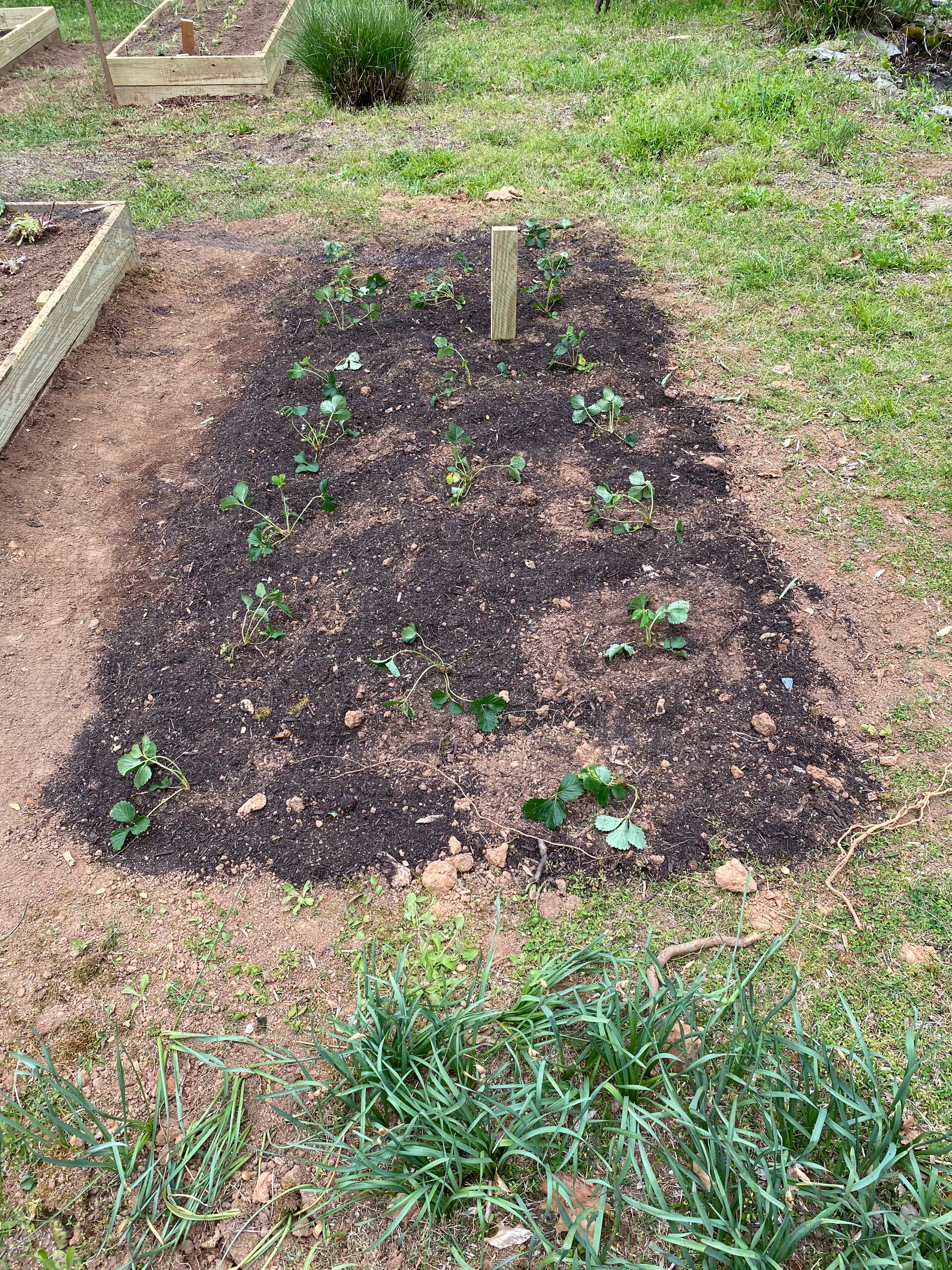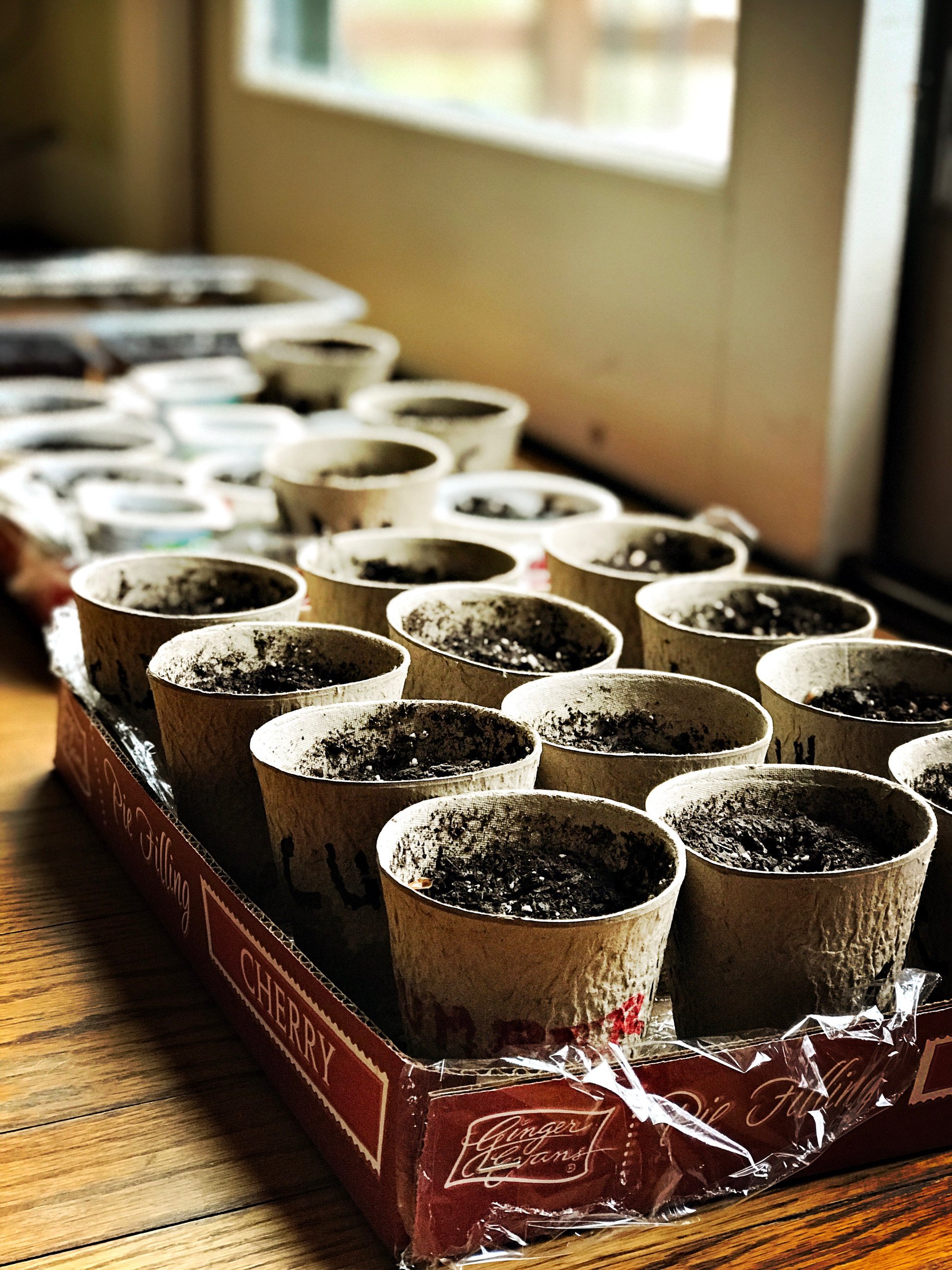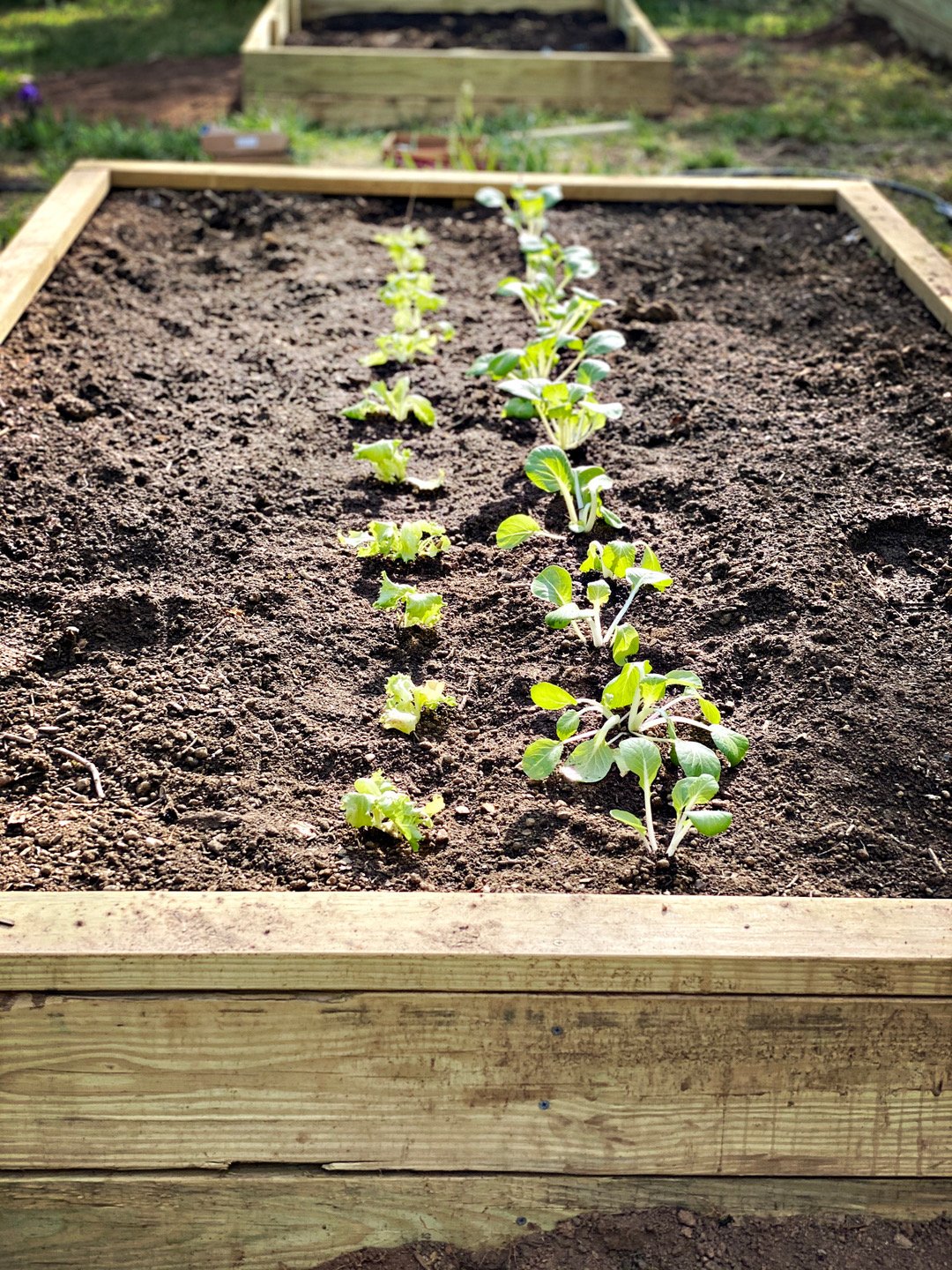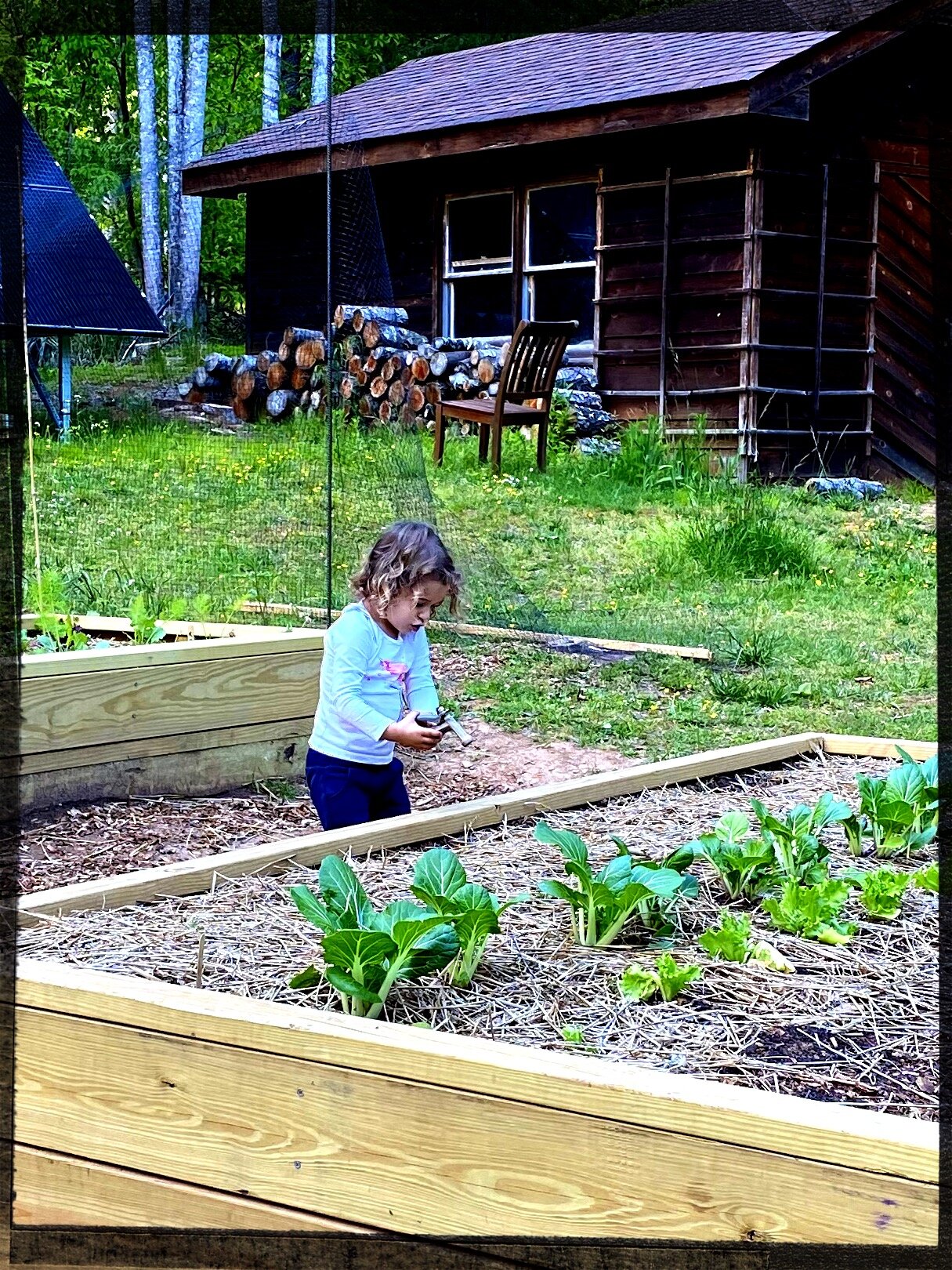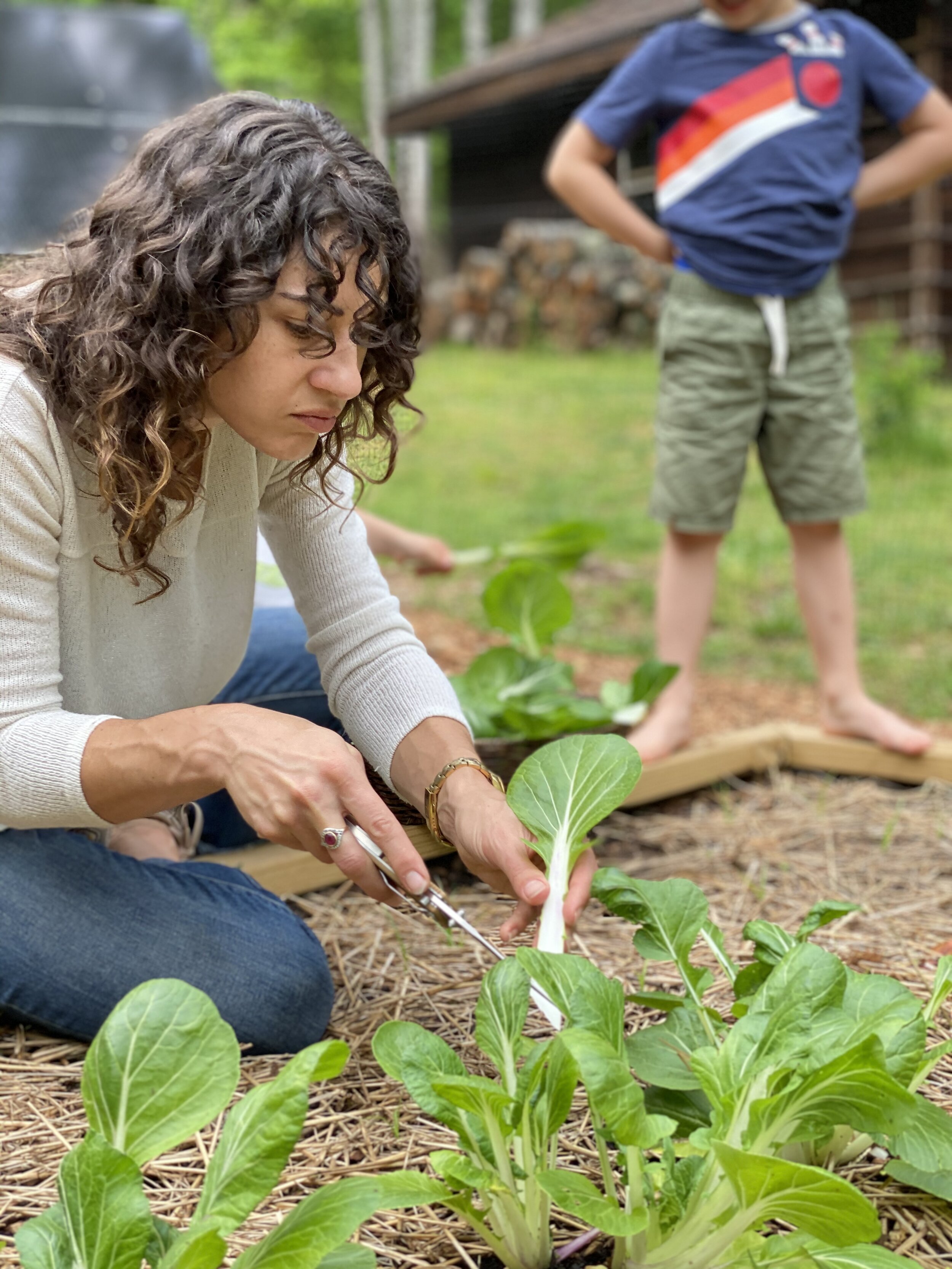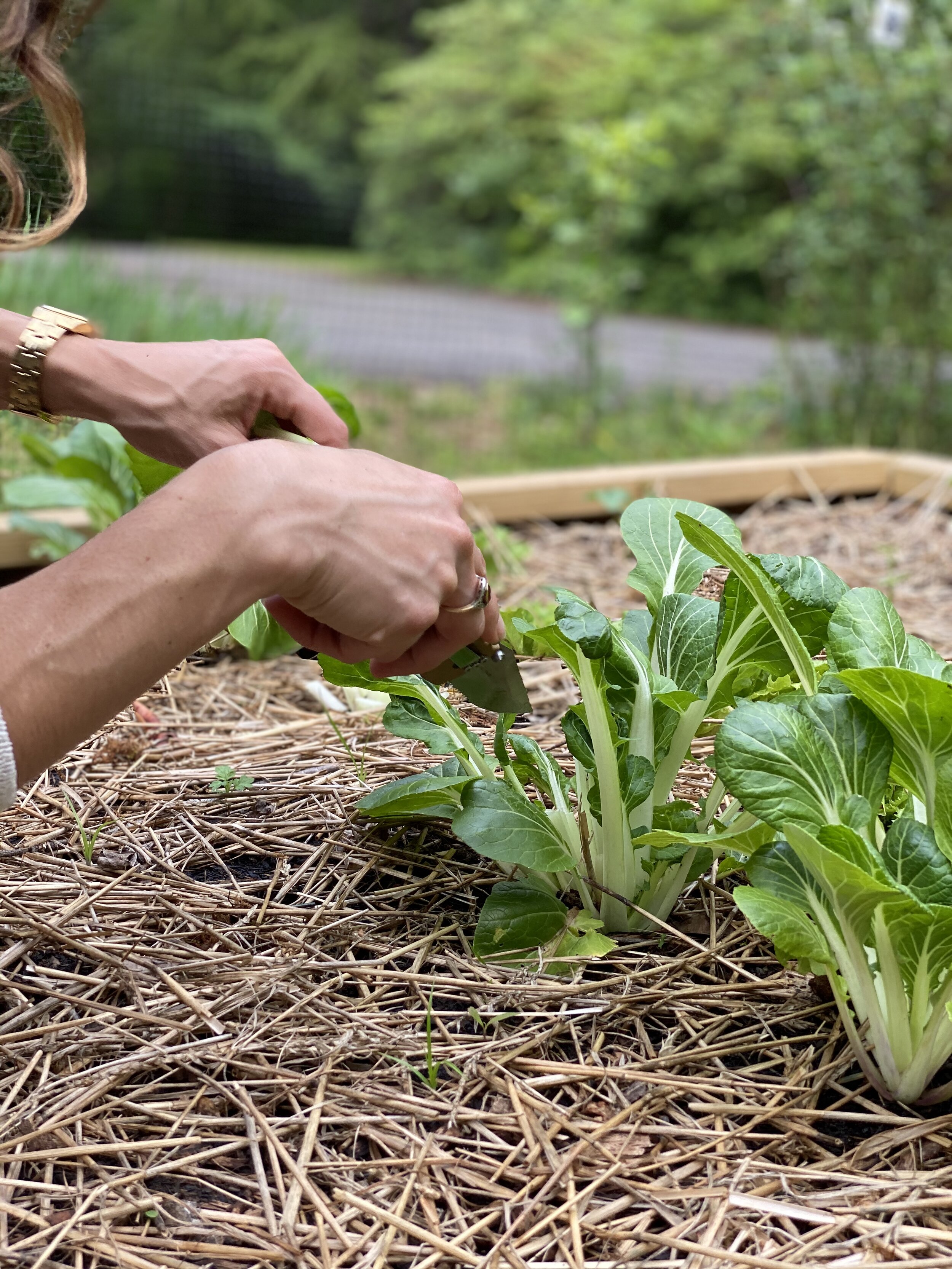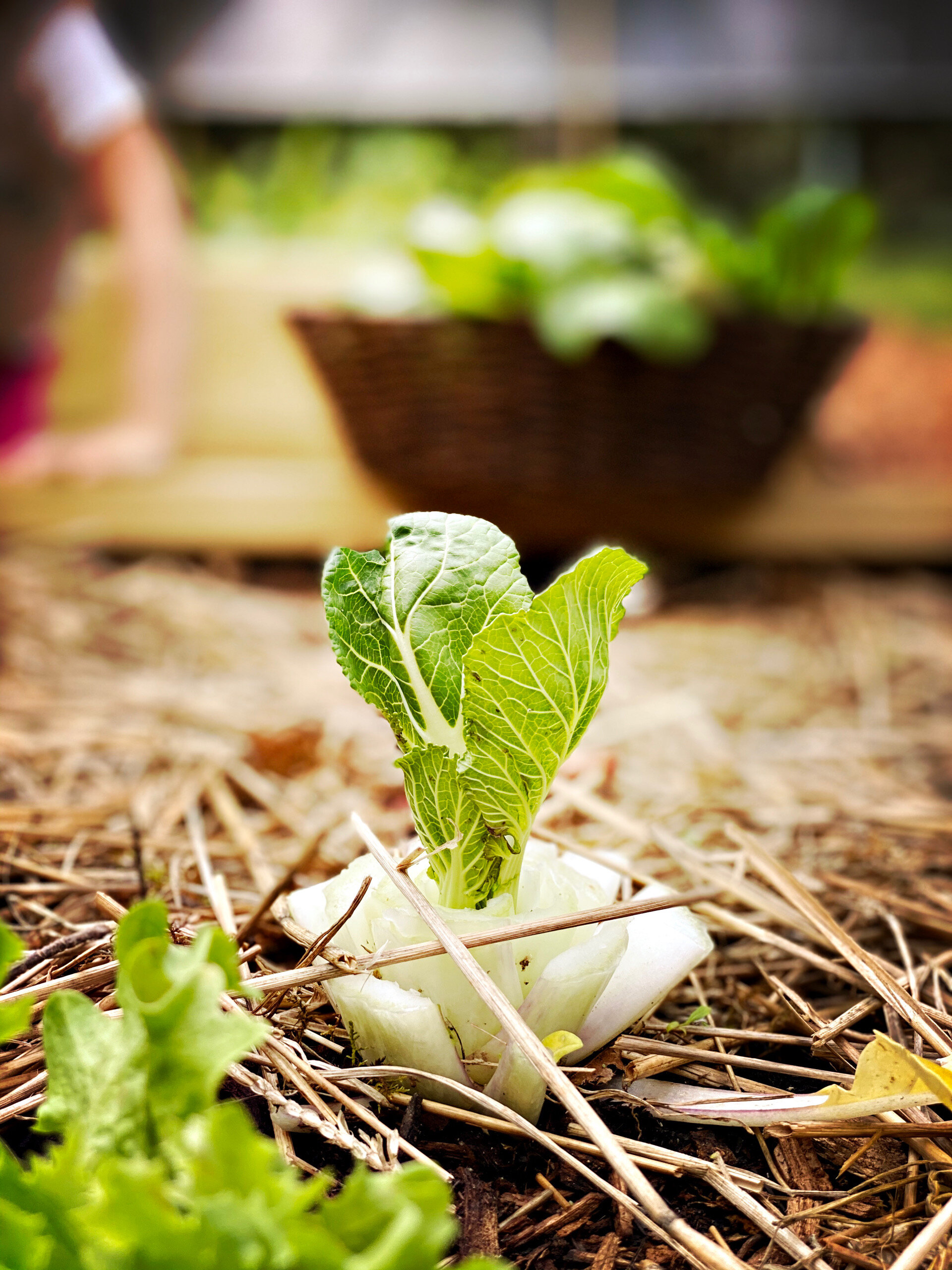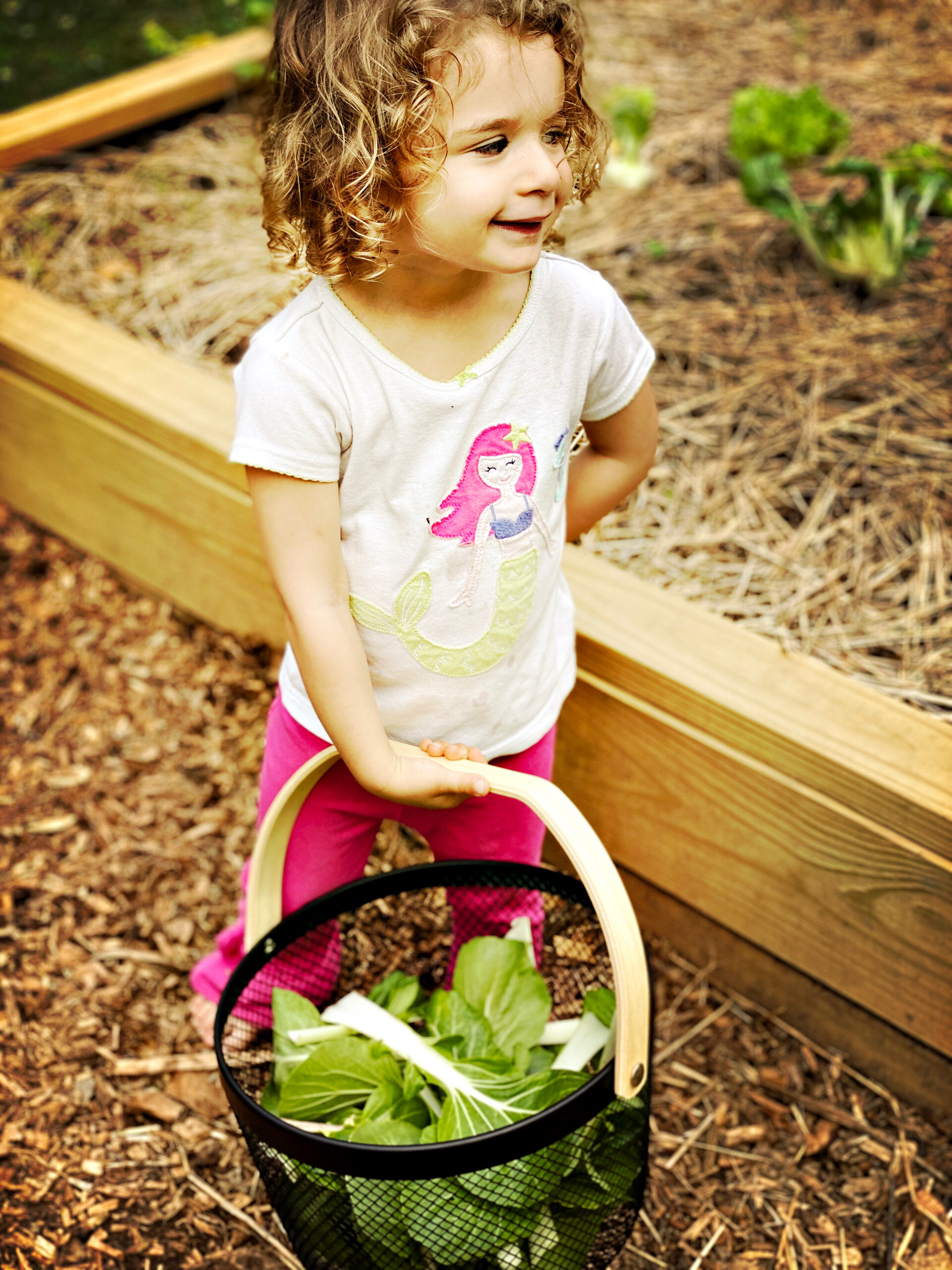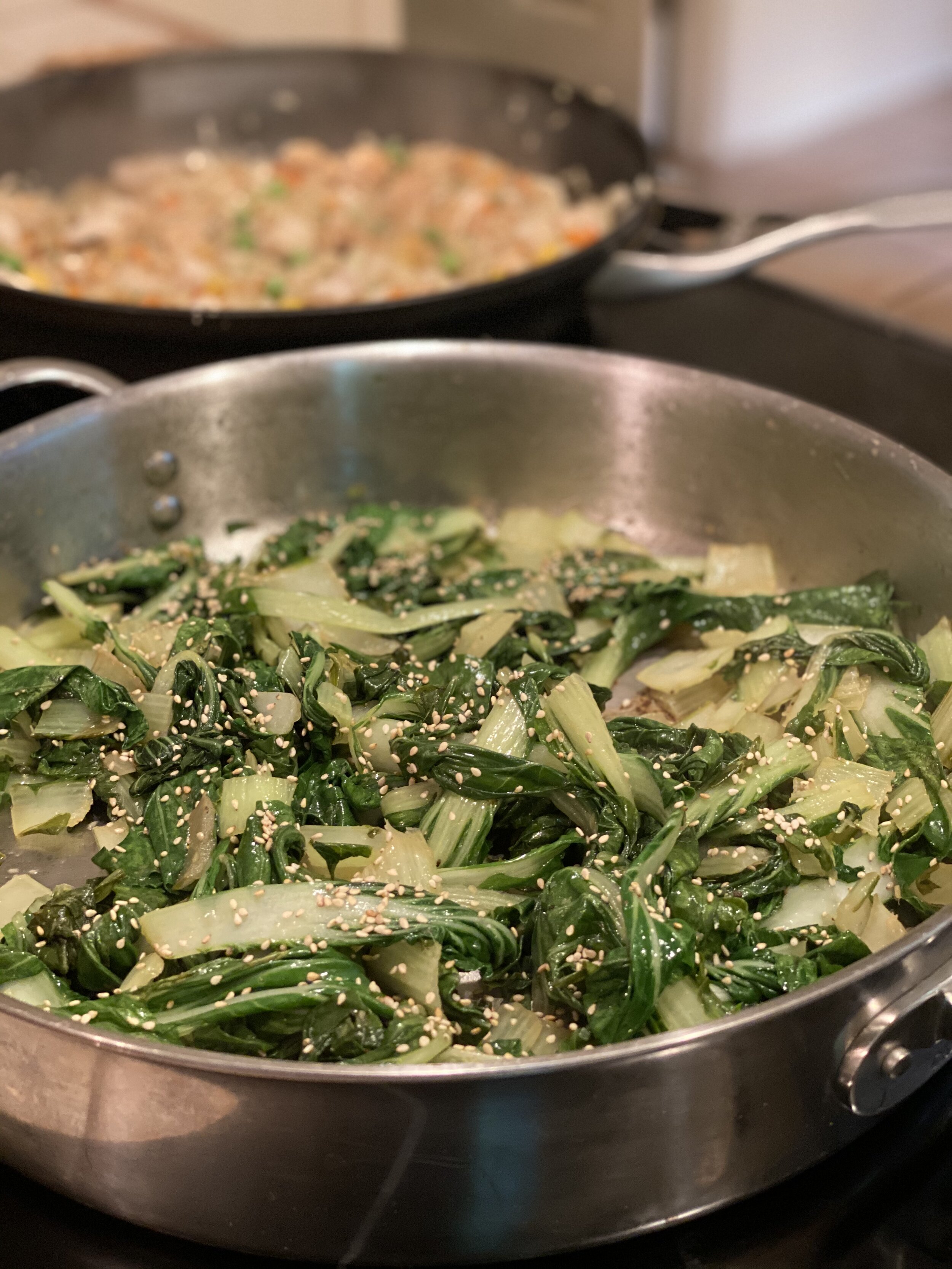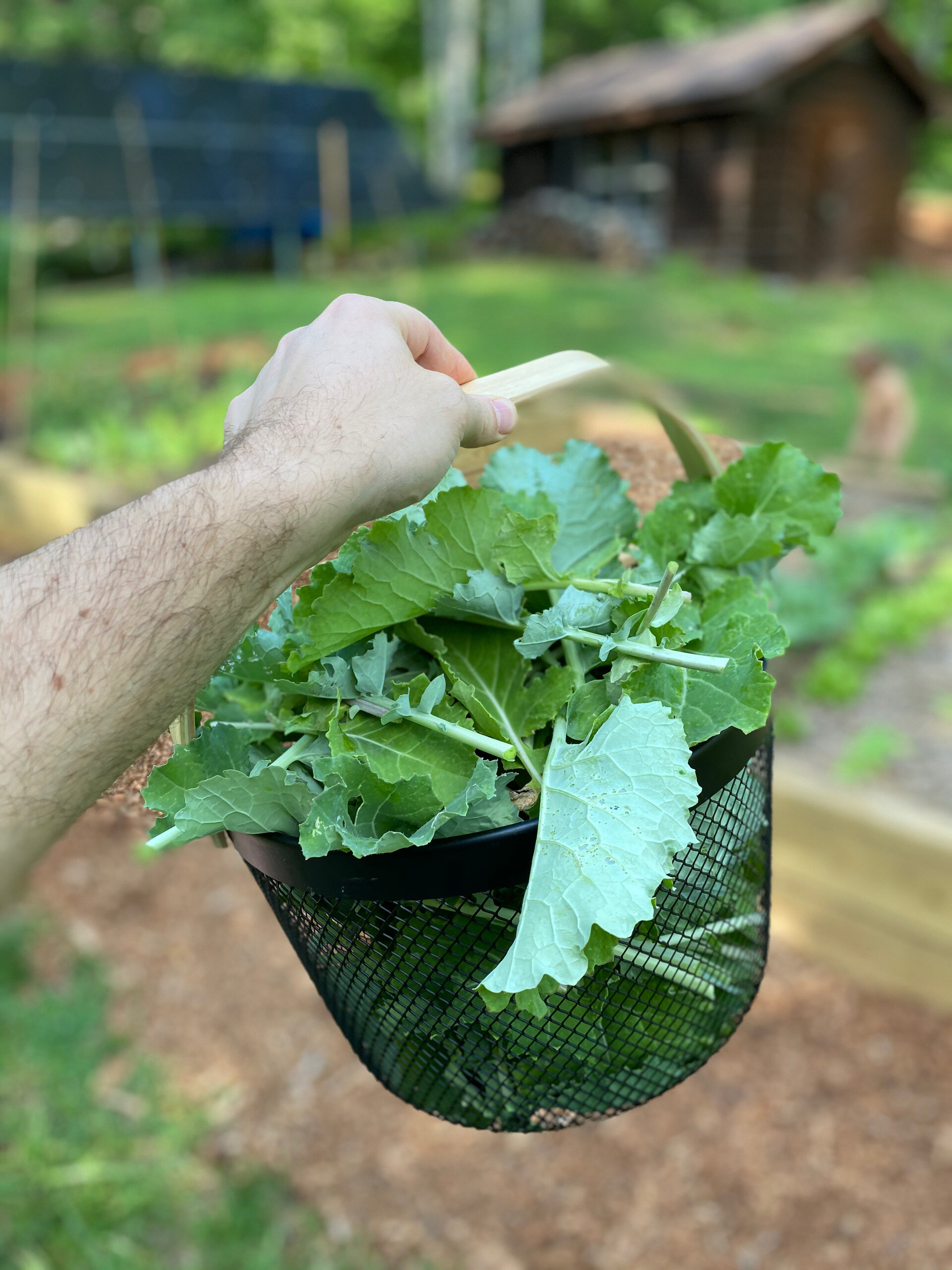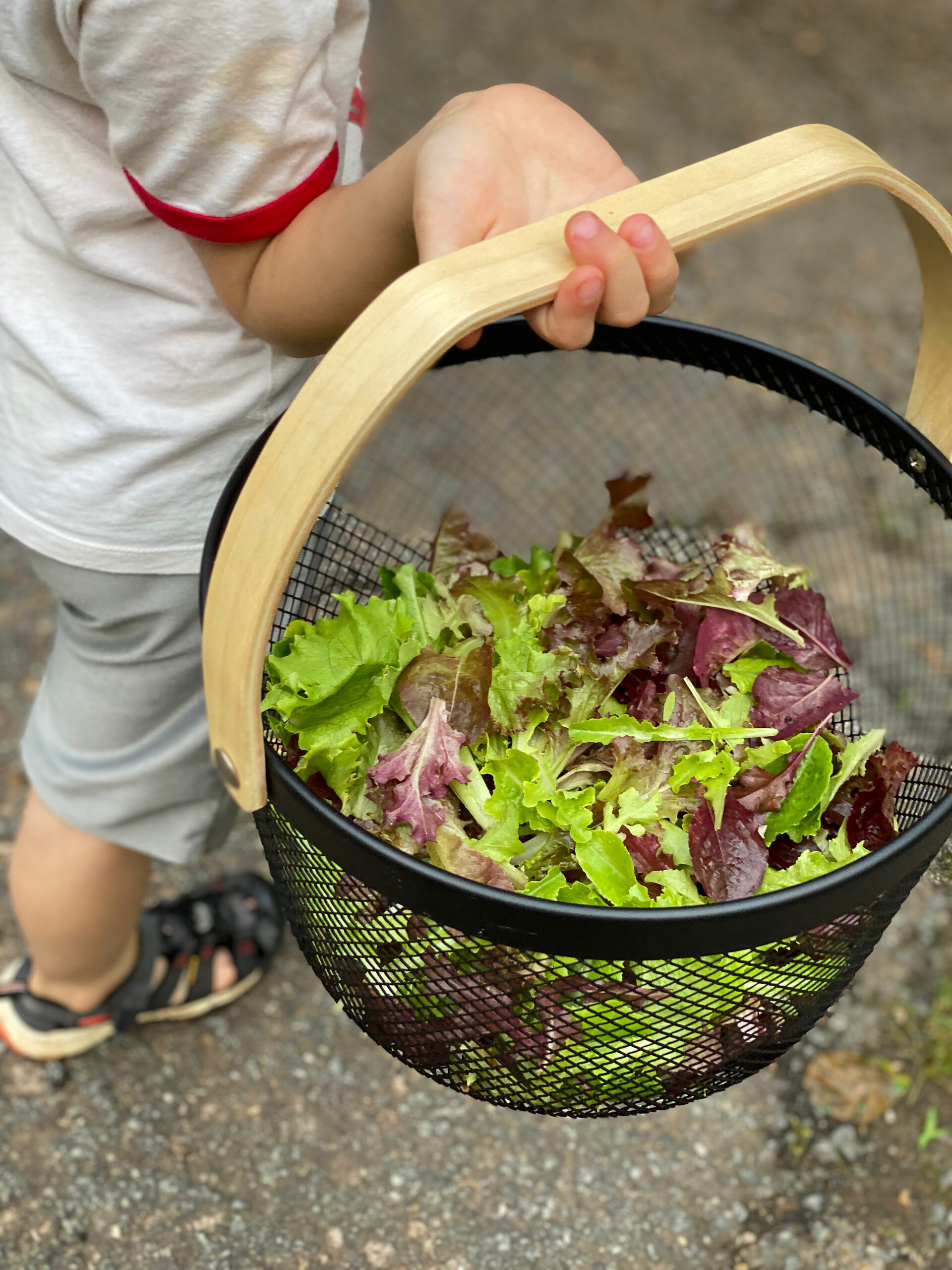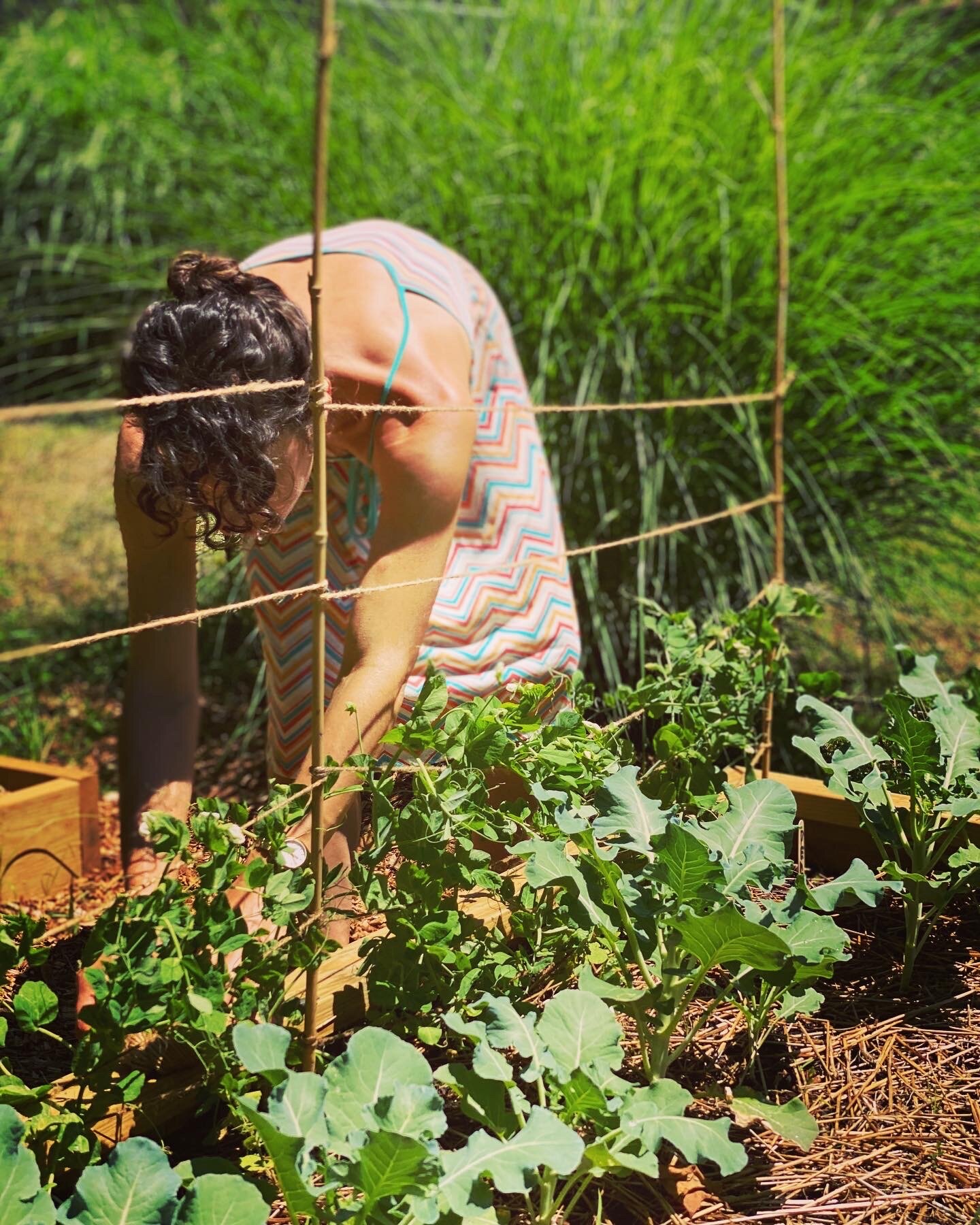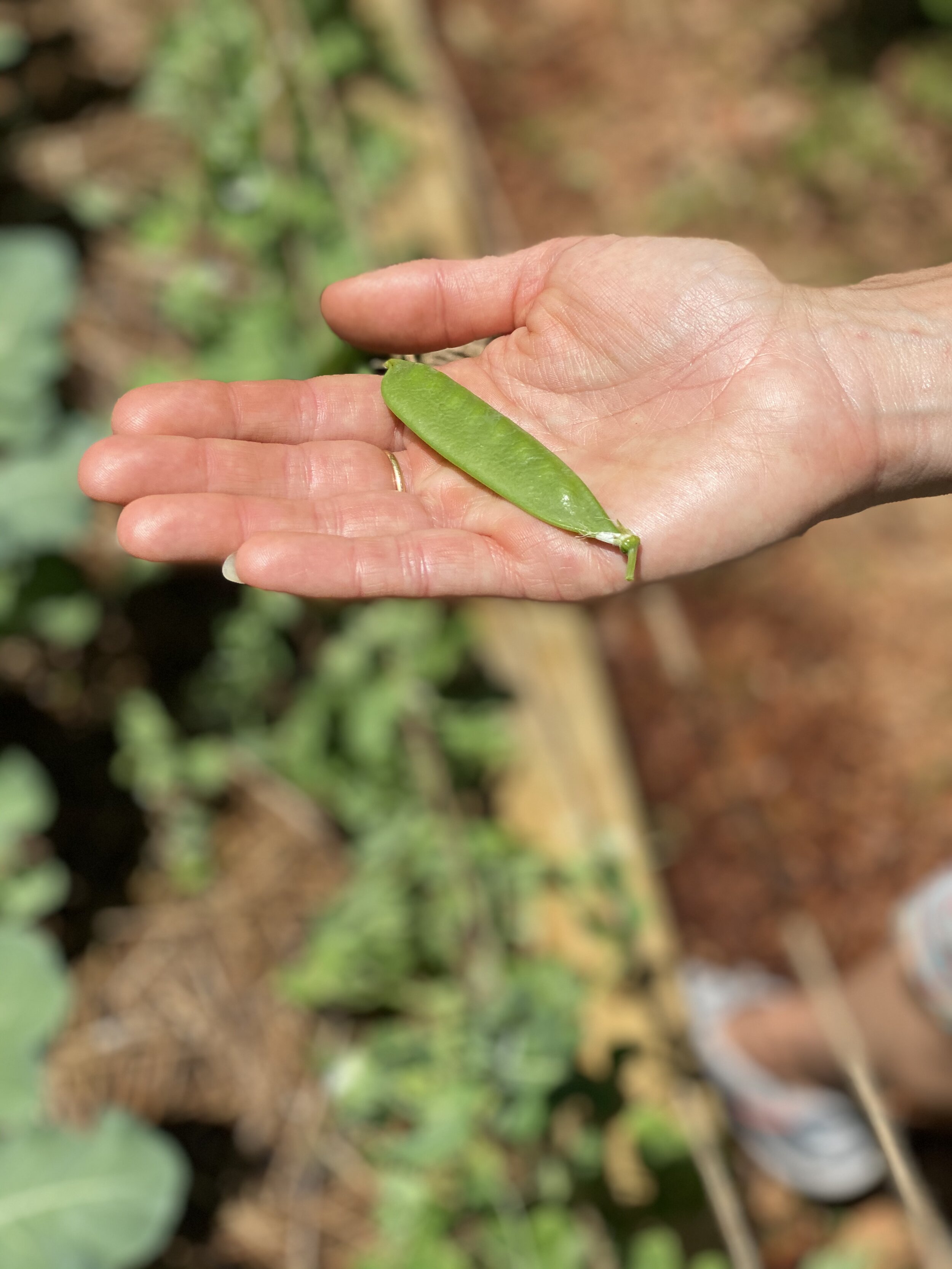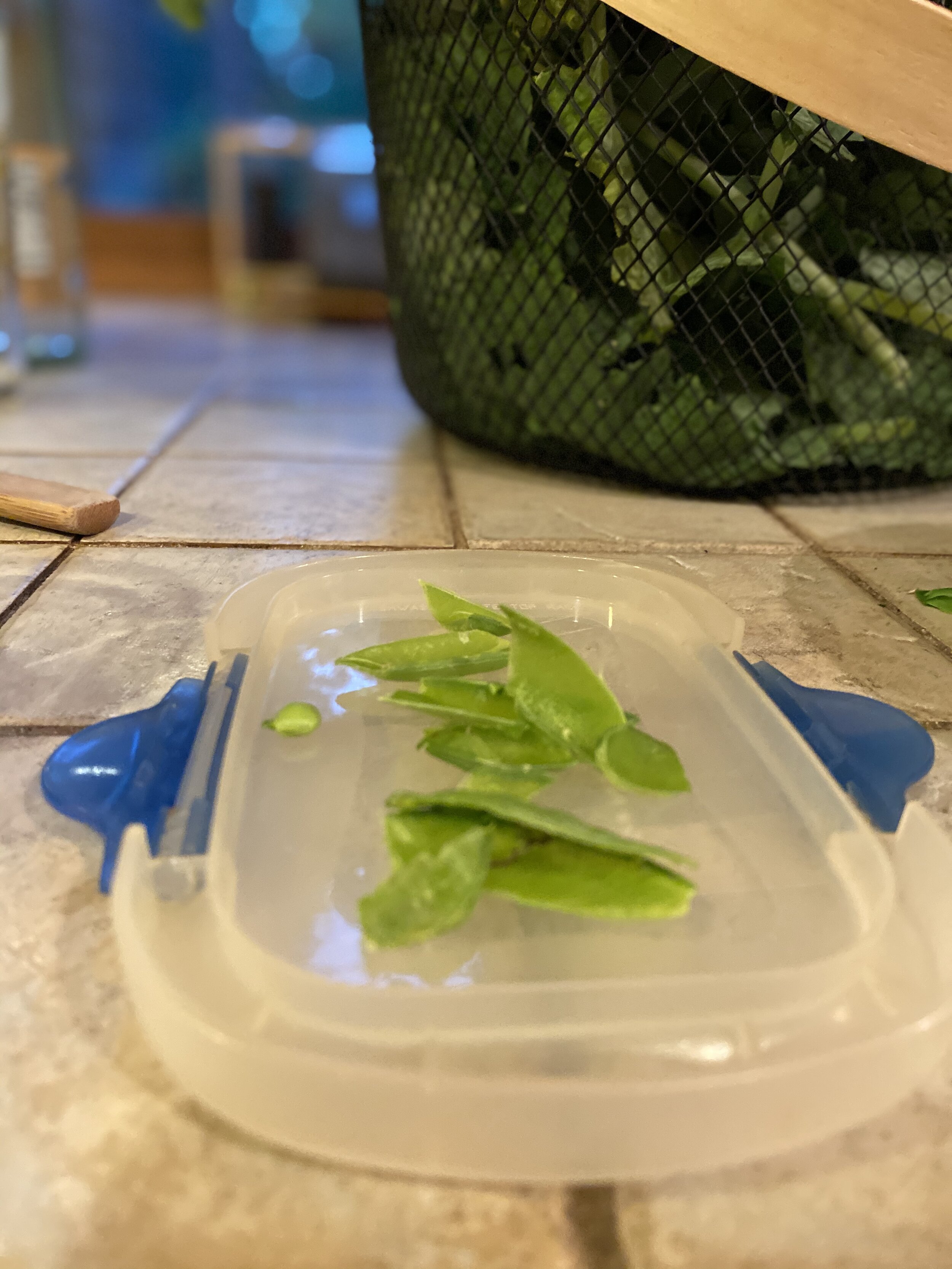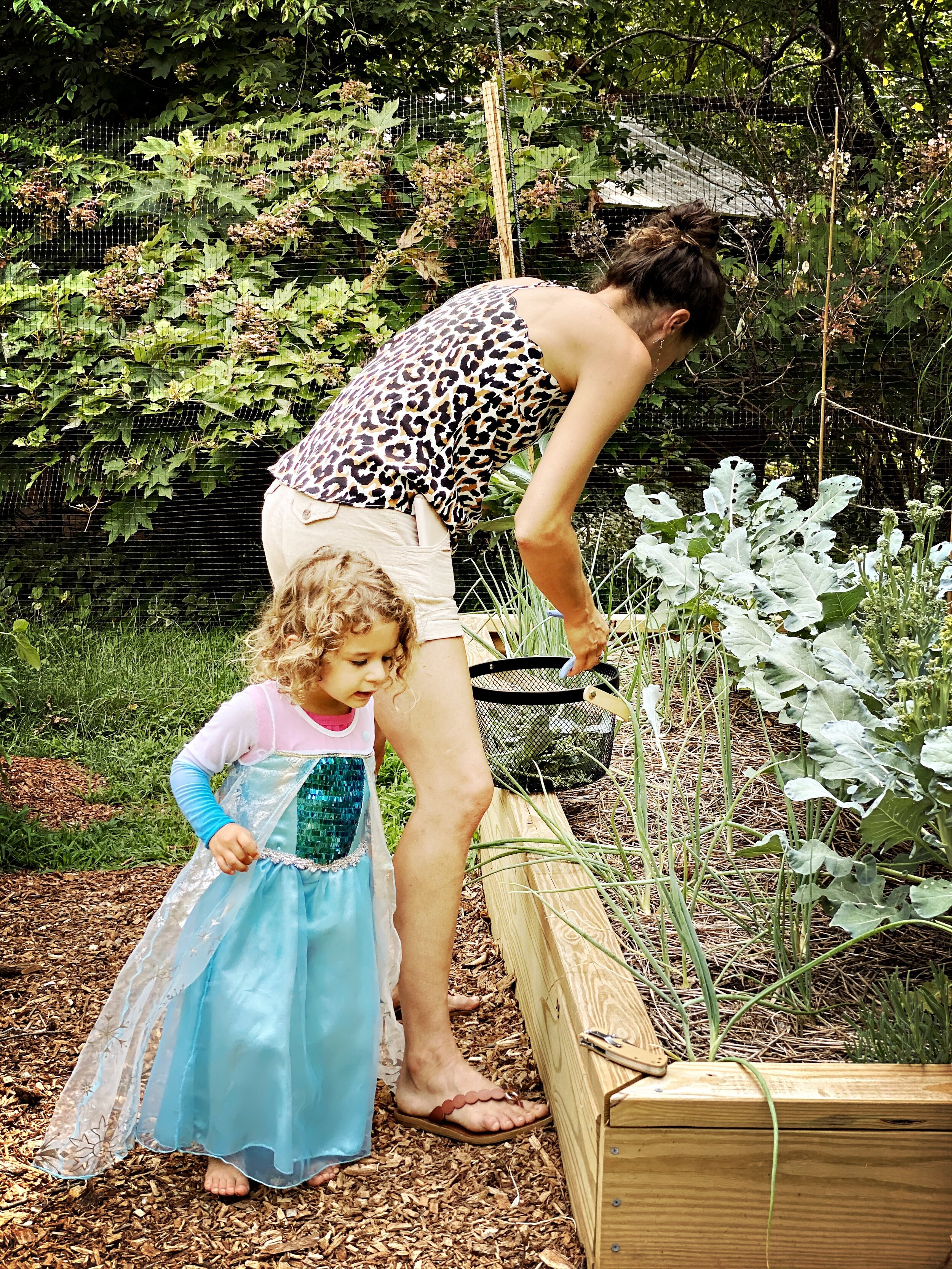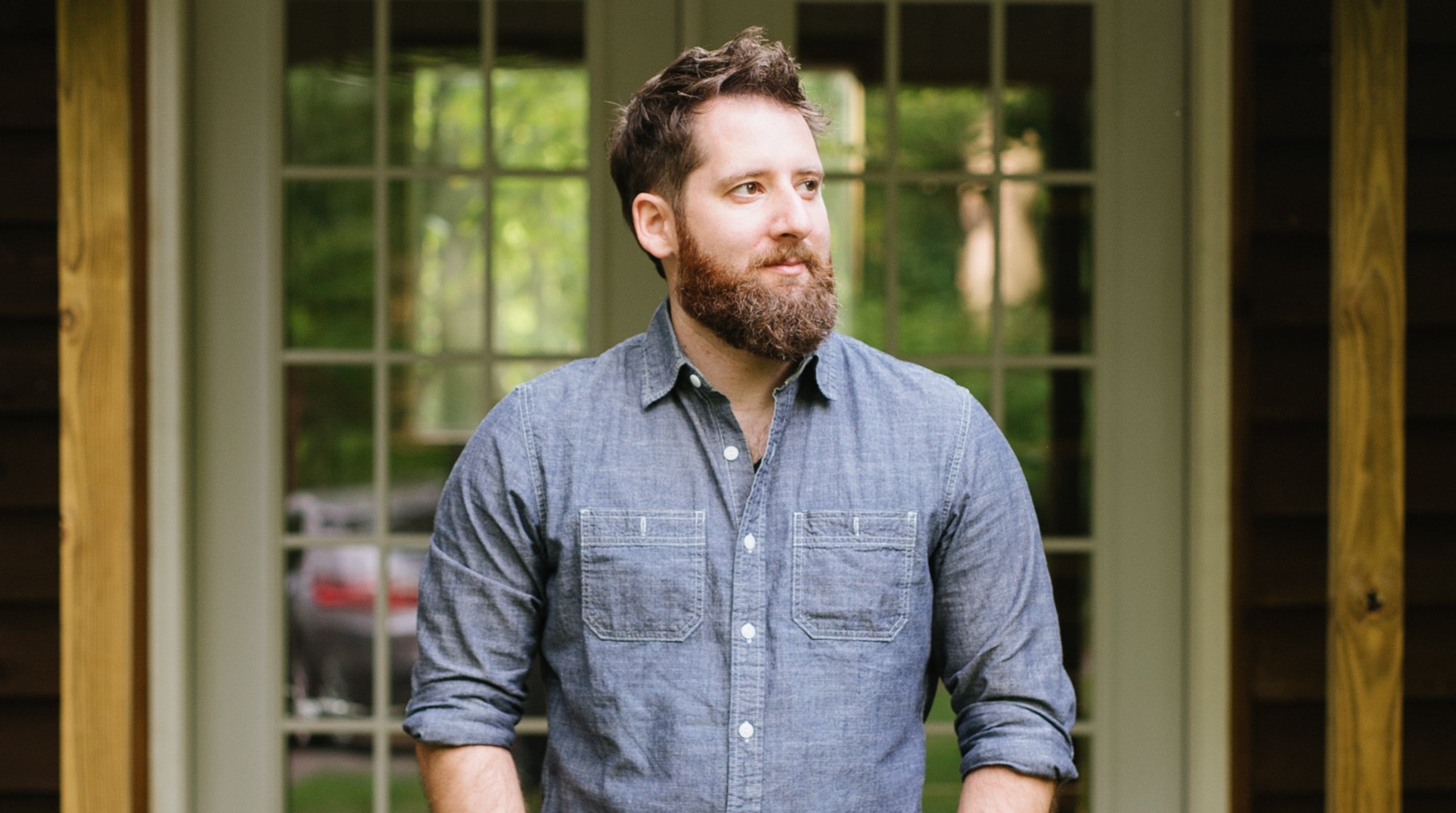How to Plant Your First Spring Vegetable Garden
People have been asking how we knew what to grow and the answer is: we didn’t.
Our friend Guinevere Heathcote Higgins is a master gardener and was kind enough to draw up these amazing planting plans for us and all she asked in return was a donation to City Schoolyard of Charlottesville (now part of Cultivate Charlottesville).
Here’s our Spring, Summer and Fall planting plans. Feel free to use these plans but note that we are growing in Central Virginia, Zone 7A, so Google your growing zone as these plants may or may not work well in other regions.
After building and filling our raised beds in March, and testing our soil pH, we got our first plants in the ground on April 12. The soil wasn’t particularly compacted because we’d recently filled the raised beds, but if you’re dealing with more compacted soil definitely use a pitchfork or tiller or trowel or whatever implement of mass destruction you have to loosen up the soil a little bit and make sure the roots have somewhere to go.
A note about space: we love living in the woods where we have room to grow, but for all apartment dwellers living in a smaller space, you can still flex your green thumb and grow delicious food. Redfin has a beginner-friendly guide that breaks down everything you need to know, and they reached out to us and many other growers for tips and tricks. Check out our thoughts here: It's Gardening Thyme: A Beginners Guide to Apartment Gardening.
OUR FIRST SPRING GARDEN (2020)
We learned from Guinevere that some plants do well "from seed" and others do better if you plant seedlings or "starts" that are already a few inches high (especially since we were a little late to the game). Here’s what we did:
From seed we planted: beets, onions, peas, and potatoes.
From starts: bok choy, fennel, kale, lettuce, broccoli, strawberries.
SOURCING SEEDS
We sourced our seeds/starts from local farmers, nurseries and garden stores. For seeds, we mainly used Southern Exposure Seed Exchange, which ships nationwide. If you’re in this region, I also highly recommend this book by Southern Exposure’s Ira Wallace on Vegetable Gardening in the Southeast.
SOURCING STARTS
For starts, and some seeds, we relied on local places: Milmont Greenhouses in Waynesboro, Fifth Season Gardening in Charlottesville, and from the Local Food Hub and their drive-thru farmers market that was a godsend during the early months of the pandemic and is a great model for anyone else to copy. We bought starts there from local farmers like Radical Roots Farm, Bellair Farms, Sweet Greens Farm, Whisper Hill Farm and probably couple others I forgot.
DIRECT SOW (PLANTING FROM SEED)
We followed Guinevere's plan as much as possible, in terms of HOW to plant each thing—how deep, how far to space the seeds or rows, etcetera—and otherwise we simply followed the instructions on each seed packet or plant tag.
If you’re not overly concerned with starting plants early (before the last frost date in your area), and if you have good soil, if it’s your first time gardening, I recommend sowing directly into your plants’ forever home (i.e., in the ground or in raised beds) rather than planting your seeds indoors and then having to transplant them outdoors when the weather gets warmer.
But if you wanna go that way…
STARTING SEEDS INDOORS
Before we got Guinevere’s plan, we planted some pole bean and cucumber seeds indoors, in seed starting trays and pots. We don't have any fancy indoor grow lights, but starting plants indoors from seed allows you (in theory) to get a jump on things when the weather outside isn't warm enough yet to "plant out."
However…
HARDENING OFF
We learned the hard way that if you're planting in starter trays you have to do something called "hardening off": once the plants are sizable and the weather is nicer, you set these plants outside for 1-2 hrs/day (gradually rising to 3 or 4 hrs) for a week before you plant these seedlings in the raised beds. This helps pampered indoor plants acclimate to the wind/climate.
We didn't do this well enough, so most of our pole beans died when we tried to plant them out. Some of the cucumbers made it though. Our cucumbers were fighters.
PLANTING STARTS
We bought a bunch of early plants or “starts” from local spots and simply transplanted these directly to the raised beds. This is a great option for beginners. We first spaced out the small pots according to Guinevere’s plan and dug some holes in the appropriate spots.
A lot of healthy-looking starts that have been sitting in garden stores are somewhat “root-bound” when you gently take them out of their temporary pots, so the main trick is to gently tease out any clumps without damaging the roots themselves. Then pop them in the holes, cover with dirt and be sure to water them (“water in”) to help them become one with their new soil.
PERENNIALS
Along with Spring plants we also got our strawberry patch started. Strawberries are a perennial and they don't yield much the first year—you're just establishing the patch for next year. The little starts send out "runners" and spread their roots and hopefully we'll get a good harvest in 2021.
ADDING STRAW OR MULCH
After planting, we added some mulch—initially wood chips but then we were advised to switch to straw instead so the sprouting seeds could get through more easily. We also bought a cheap 3-in-1 soil meter that tests pH, moisture and light, something like this.
So this was our planting plan, let’s see how it all worked out after the jump…
OUR FIRST SPRING HARVEST
Here's a quick post-mortem on our spring crops.
What Worked: bok choy, fennel, kale, lettuce, strawberries
What Didn't: beets, broccoli
Meh: onions, peas, potatoes
BOK CHOY was our winner. I learned that instead of pulling the whole bulb (as seen in grocery stores) you cut the outer leaves about an inch above the soil, and the middle of the plant keeps producing new, young leaves.
The term is "cut-and-come-again" and it applies to most leafy greens, like KALE and LETTUCES. We got 5+ solid harvests from each plant, and we never had "too much" in the fridge where it could spoil.
Our STRAWBERRY patch is going gangbusters but the first year is just about establishing roots, not picking any fruit, and that's probably a metaphor for something.
Our FENNEL took a while and only one harvest, but they were pretty. A couple of salads from the bulbs but we had an ass-ton of fennel fronds which we made into an ass-ton of pesto that we're still eating today.
Our BEETS didn't sprout at all--maybe too many competing plants in that bed?
Our BROCCOLI "bolted," which is when a plant shoots up flowers or goes to seed before the vegetable is ready to harvest. It can happen when the soil gets too hot too soon, so we probably should've planted these earlier.
Our ONIONS were plentiful but super small. A lot of effort for not much food.
PEAS were also more trouble than they were worth, but ours were "garden peas" which have fibrous shells. We pureed them into something tasty, but next year we'll try snow or snap peas instead.
Our POTATOES are still in the ground, because their foliage is still mostly green/lively. We'll wait a little longer for the stalks to turn brown and then dig 'em up and see.

